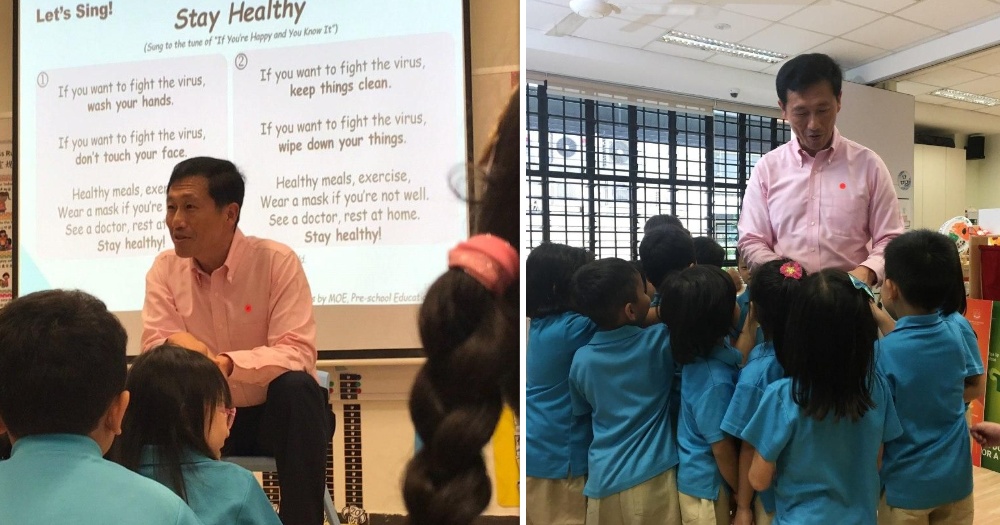A survey conducted by the RAND Corps has revealed that over 2,800 secondary school principals are requesting assistance in doing more to support students with disabilities.
According to the recently published research work involving about 3,500 secondary school principals.
Eighty percent of secondary school principals agree their schools could be doing more to support students with disabilities, while 12 percent say they can meet their students’ needs.
Several education experts have noted that responsibility rests with the federal government to provide more funding for the Individuals with Disabilities Education Act.
Notably, Special education programs are designed for those students who are mentally, physically, socially, or emotionally delayed.
Due to their unique requirements, students’ needs cannot be met within the traditional classroom environment, necessitating the request by the secondary school principals for assistance.
The survey noted that schools serving more students of color were more likely to say their schools could provide better educational services for students with special needs.
Additionally, it noted that secondary school principals with fewer students of color would likely say they have sufficient leadership support, materials and tools, staff with specific expertise, and training and information.
Secondary school principals are prepared to support
In a related event, the survey also provides answers to another angle on the recent results of the Council for Exceptional Children’s “State of the Special Education Profession.”
The survey noted that a quarter of the 1,467 individual education teachers responding said their principals were “well-prepared to support [Individual Education Program] goals.”
According to experts, the federal government’s spending on IDEA falls short of the 40% required under the law. States such as Kansas and Texas have also been identified as not meeting IDEA obligations.
In Los Angeles Unified School District, Superintendent Austin Beutner recently noted California districts receive the same amount of funding per special education.
Handicapped Children
1975, Congress enacted Public Law 94-142, more commonly known as the Education for All Handicapped Children Act (EHA). The goal of EHA was to ensure children with disabilities gained access to a free and appropriate public education. This law provided local and statewide support and protection to children and youth with disabilities, as well as their families.







